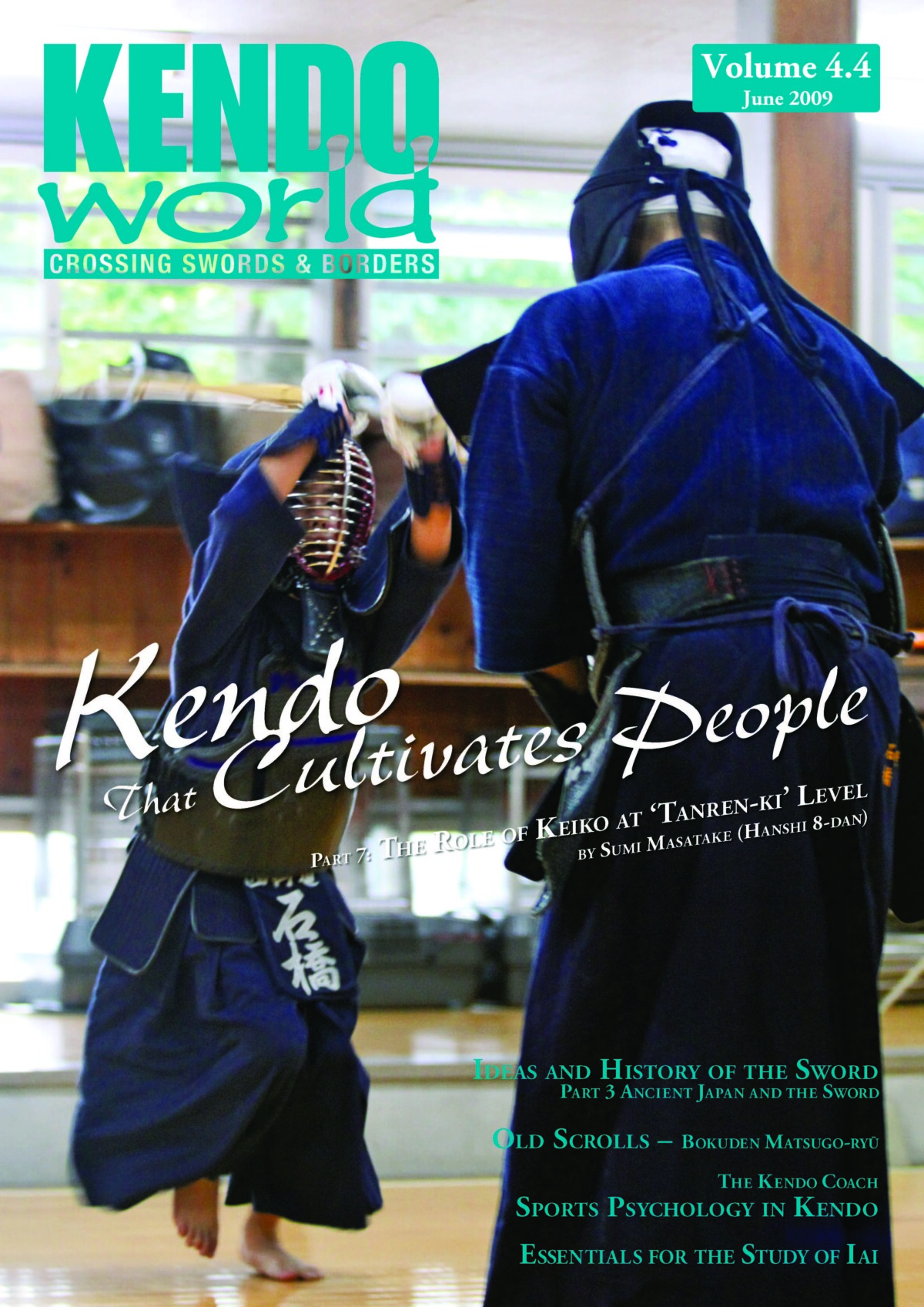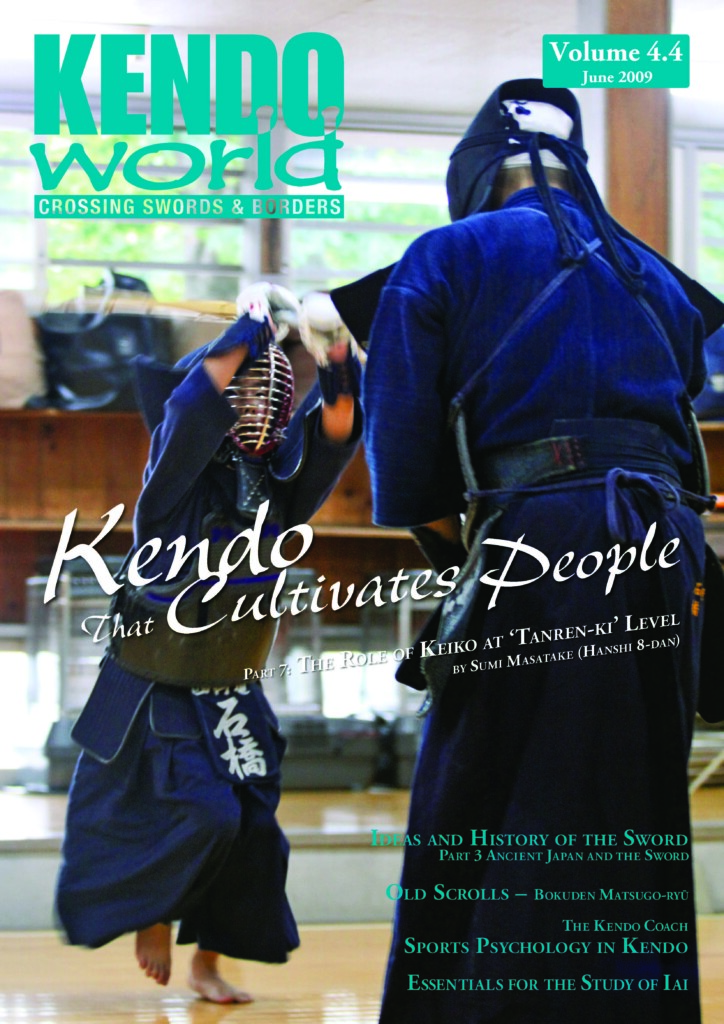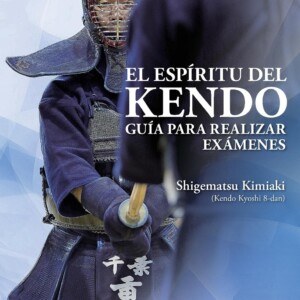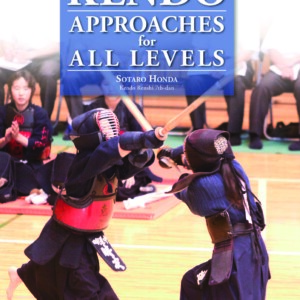
Kendo World 4.4

Editorial
By Alex Bennett
Defining Budo
A Stitch in Time
By Alex Bennett
Hanshi Says: Matsumoto Akimasa (K8)
Translated by Bruce Flanagan
The Current Status of Kendo in Brazil
By Caio Abramo
The Chilean Kenshi
By Shiori Hiroyuki
Translated by Blake Bennett
56th All Japan Kendo Championships: DVD Review
By Michael Ishimatsu-Prime
From Korea: The Internationalisation of Kumdo
By Kato Jun’ichi
Translated by Imafuji Masahiro
Land of the Long White Shinai
By D. Hanson
Reidan-Jichi Part 8: Kamae
By Oya Minoru
Translated by Alex Bennett
sWords of Wisdom – ‘The Precision of the Short Sword’
By Tobe Shinjuro
Translated by Alex Bennett
Mumeishi Dōjō 40th Anniversary
By Michael Komoto
Nitō Part 5: Applied Techniques
By Yamaguchi Masato
Ideas and History of the Sword Part 3: Sword in Medieval Japan
By Ozawa Hiroshi
Old Scrolls: Bokuden Matsugo-ryū
By Baptiste Tavernier
Kendo Clinic: Ganglions – the “Bible Cyst”
By Arima Saburo
Unlocking Japan: Part 16 – Lifers
By Lockie Jackson
Tales of the Samurai Chapter 8: Honest Kyūsuke
By Miyamori A.
A Duffle Bag & A Bōgu Bag: Part 3: Bouncer
By Imafuji Masahiro
Shinai Saga: Three Rōnin
By Charlie Kondek
The Art of Devotion
By Aurelien Laine
From Jukenjutsu to Jukendo: An Interview with Kobayashi-sensei
By Baptiste Tavernier
Kendo That Cultivates People Part 7: The Role of Keiko at ‘Tanren-ki’ Level
By Sumi Masatake
Translated by Honda Sotaro
The Process of Making Japanese Swords: Part 2
By Mikami Sadano
Translated by Mick Mathys
Enhancing Science by Considering “Principles of the Sword”
By Stefan Maeder
Essentials for the study of Iai
By Katsuse Mitsuyasu Kagemasa
Translated by Antony Cundy
Cutting-Edge Iaido
By Kaneda Kazuhisa
Translated by Maki Miho
The Kendo Coach – Sports Psychology in Kendo: Part 1
By Blake Bennett
It’s a Long Hard Road
By Stuart Gibson
Suigetsu: “The Moon in Water” – The Zen Calligraphy of Yamaoka Tesshu and Terayama Tanchu
By Sarah Moate
Bookmark: “Training The Samurai Mind” by Thomas Cleary
Review by Michael Ishimatsu-Prime
Naginata Technical Special: Shikake-Ōji Part 6 Roppon-me
By Alex Bennett
An Overview of the Way of Naginata: The Perspective of a Traditionalist
By Ellis Amdur
Martial Aids: The “Men-gane Cover”
Bookmark: “The Edo Inheritance” by Tokugawa Tsunenari
Review by Michael Ishimatsu-Prime
AVAILABLE ON KINDLE AND THE BUDO BOOKS APP IN E-BOOK FORMAT! SEE THE LINKS BELOW!!
























No comments yet.